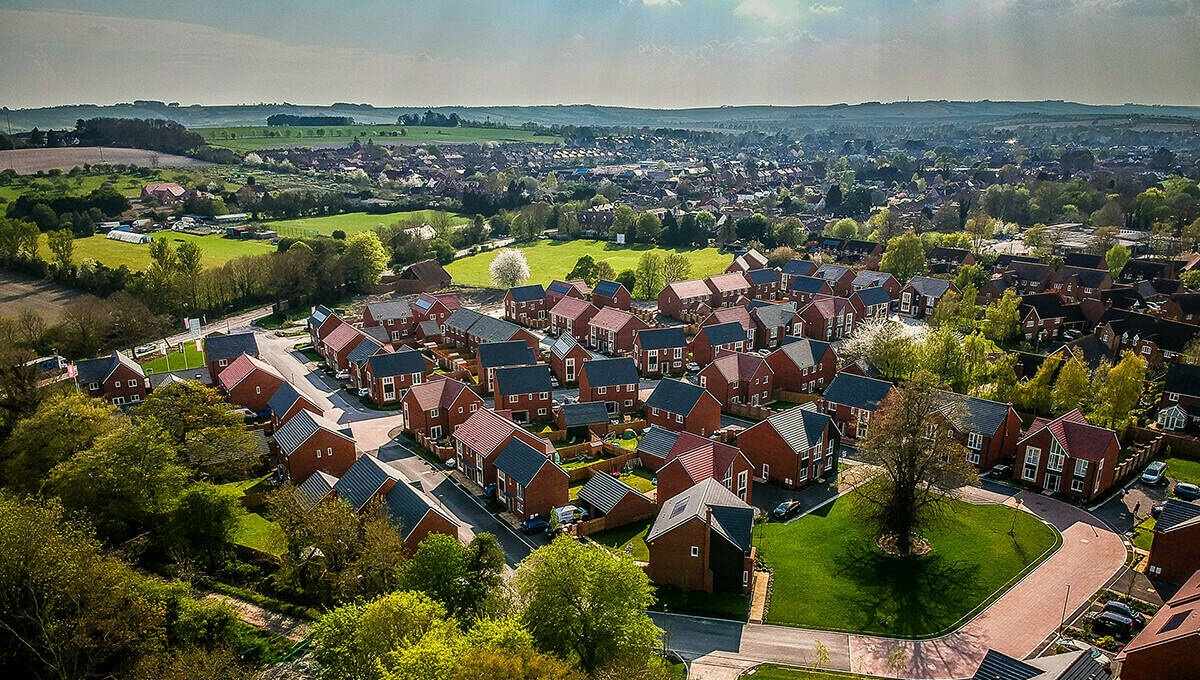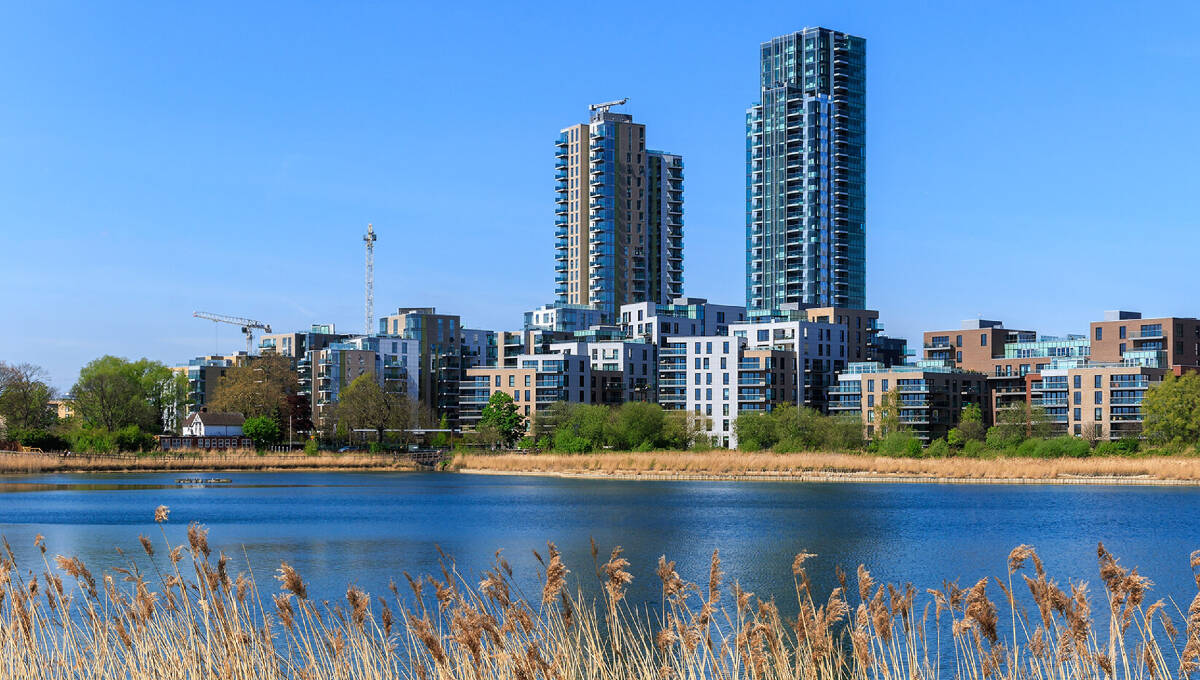To make sure the most vulnerable people get the right support this winter, local authorities and health services need to share all kinds of data. But how can those independent bodies work efficiently when their datasets are so different?

As the cost of living and energy crises continue and winter nears, it will be vital to identify and prioritise people who need extra support. The most vulnerable people in our communities must not slip through the net. Local public services will need to work across organisational boundaries, co-ordinating services securely with the best interests of each individual as the primary driver, always.
By adding Unique Property Reference Numbers (UPRNs) to their datasets, each body or department can use its data to deliver a multi-agency approach.
As the data is already held by every local authority, this is a simple, cost-effective and sustainable way to ensure disparate data can be used by many different entities. As an example, local authorities and the NHS put this innovative approach to data sharing into practice during the pandemic. That experience cannot be lost now: it is time to build on the learnings gained during that period of crisis, and use it wisely to overcome challenges such as reducing vulnerability, household support grants and energy efficiency grants.
Getting data protection and information governance right from the outset makes a significant difference, one that can impact lives nationwide.
In association with UK Authority, GeoPlace is running two webinars in December to explore how data can target the most vulnerable members of society. The webinars will look at useful examples that show how the public sector is using open standard UPRNs and bringing together the experts who can answer questions on sharing data safety and securely, under the appropriate information governance frameworks.
- UKA Live: Harnessing data to support vulnerable people on 2nd December. The event will focus on how local authorities, health and other local public services can link and share data to identify people most in need of support
- UKA Live: Data, IG and supporting the vulnerable on 9th December. This session will examine the data protection and information governance (IG) frameworks that help local services to identify and support the vulnerable in our communities. Speakers include; Dawn Monaghan, Interim Director of IG Policy, Ethics and Head of Profession, NHS England and Dr Susheel Varma, Head of AI & Data Science, ICO.
What are UPRNs?
At its heart, every local authority service uses address and street data to fulfil its statutory remit. Addresses and streets are located on the ground via precise geographic co-ordinates. Every address record UPRN and every Street record contains a Unique Street Reference Number (USRN).
These references allow different departments to tie all information together at the household or street level, revealing where and how to overcome both localised and authority-wide challenges. For example, data analysts use them to generate social progress indexes, target warm home grants, identify tall buildings and the like. They are also used for:
- Linking social care to housing needs
- Linking benefit claims to potential fraud
- Linking planning applications to efficient services
- Linking healthcare services to vulnerable people
Location information shows where the problems are and, in many cases, what the impact of changes in policy might be. It can be used for analytics, and to help promote key initiatives such as warm home grants, social care plans, tall building actions and emergency care.
- Widespread adoption and use of a council’s own Local Land and Property Gazetteer and/or its Local Street Gazetteer can save local government £384m over the period 2022-2026, particularly through benefits derived in adult social, care, education, planning, and environmental health




